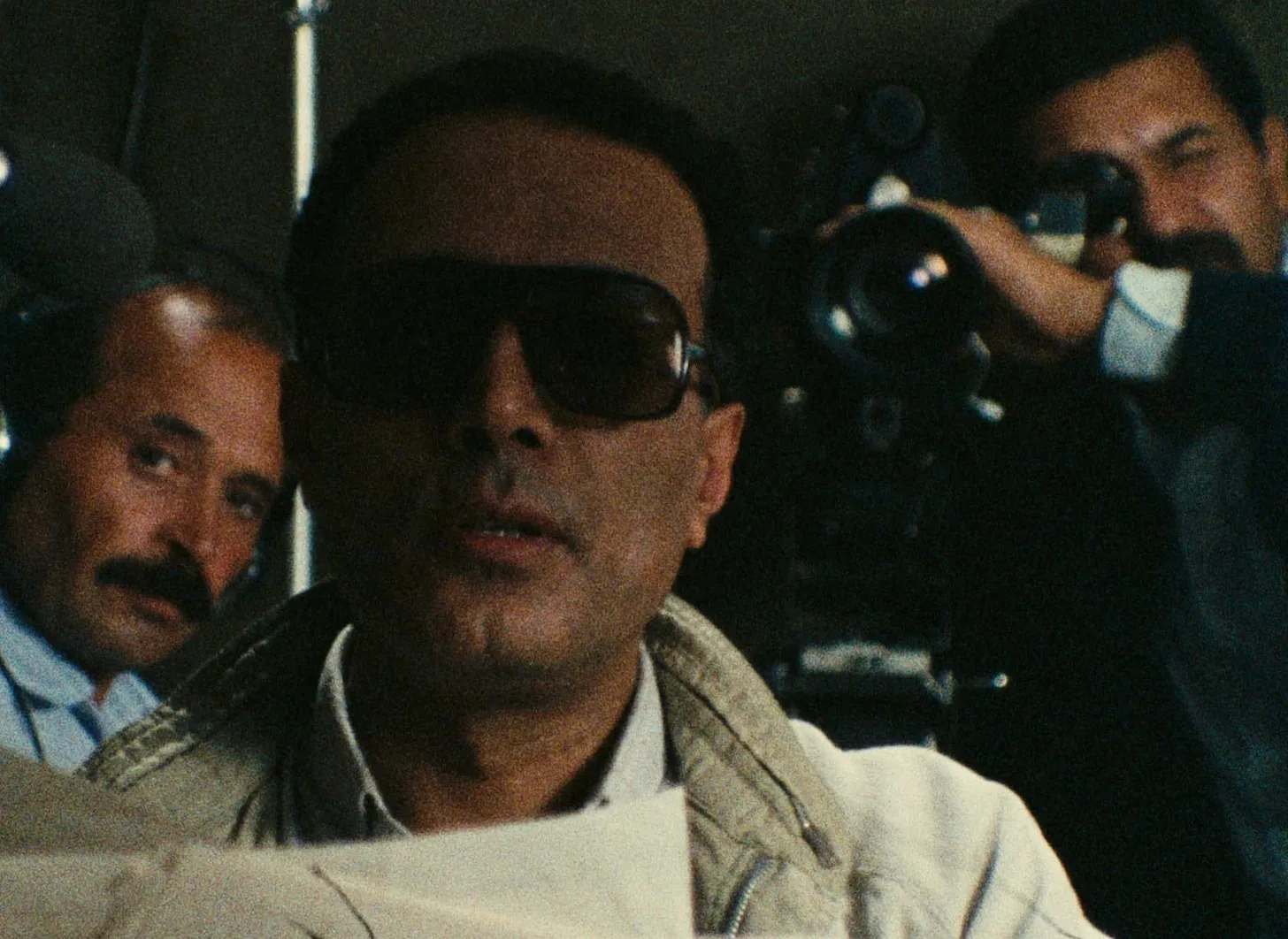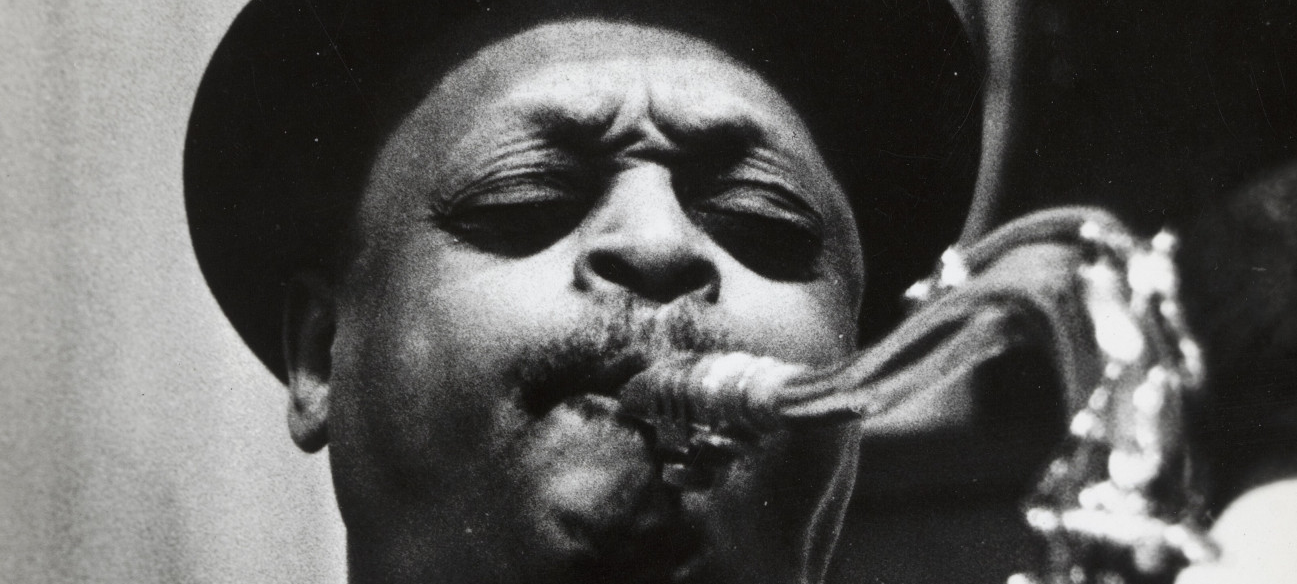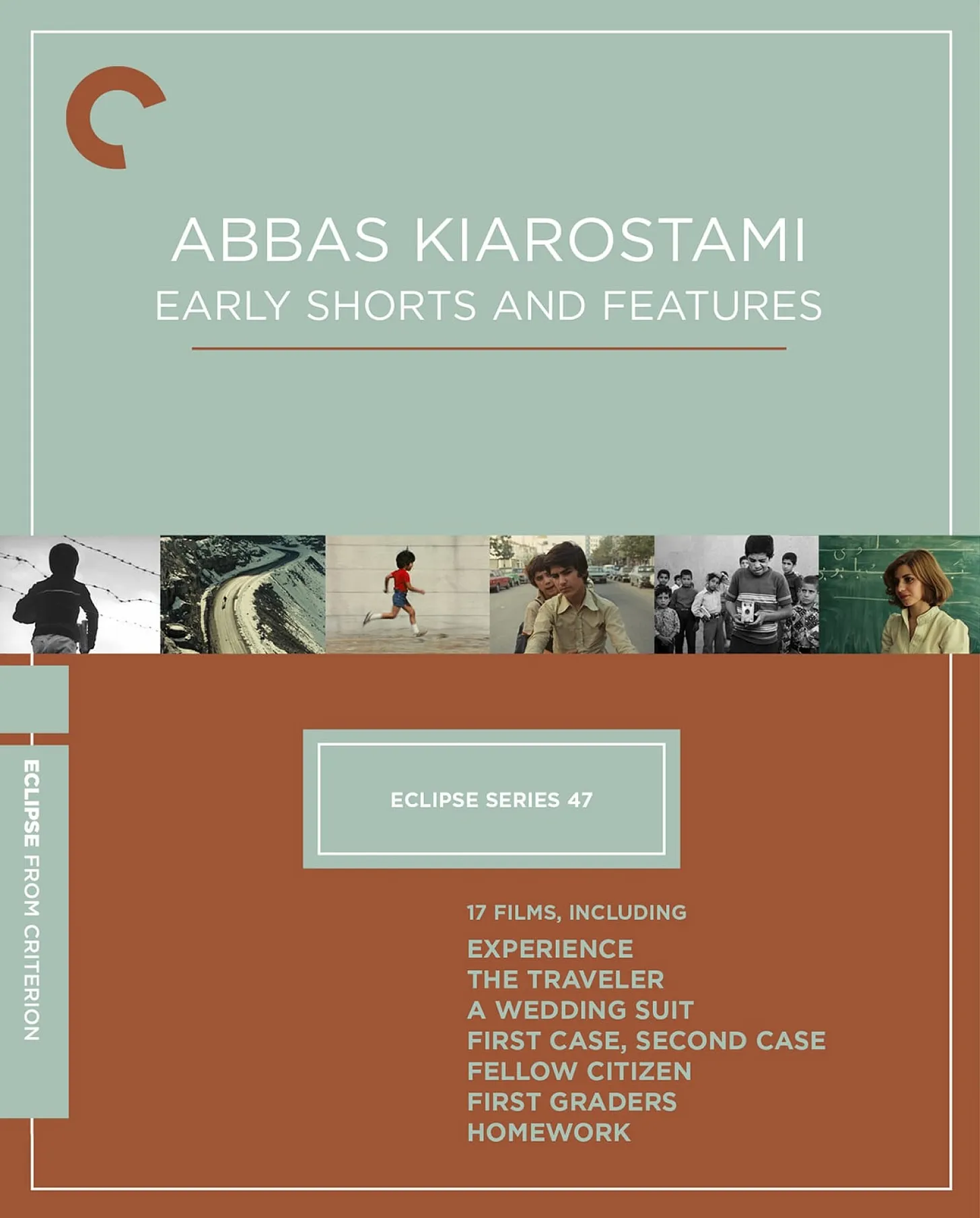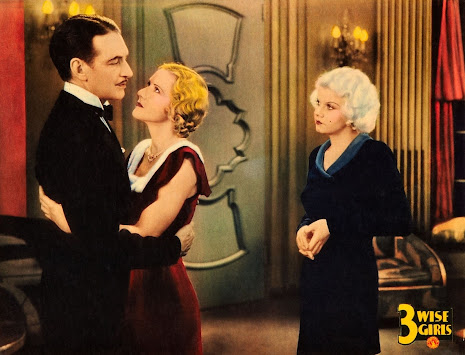 |
| Youssef Chahine |
Bologna, June 2019. I spotted an Arab name on the badge of the hotel's night porter. When I asked, he turned out to be one—an Egyptian. I mentioned to him that Youssef Chahine's films would be playing in Bologna for the next few days. His face lit up. A floodgate of emotions, about Egypt, his past, and cinema opened, temporarily drowned him in nostalgia, passion and regret. He shared stories of Chahine, of his beloved Alexandria. He even cursed the extra who had forgotten to remove his wristwatch during the battle scene of Salah Eddin (a film about the Crusade, from the Arabs' point of view). According to him, by doing so he had prevented the film from entering the Oscar competition.
Very few directors can make that impact on their people, endowing them with a sense of pride and identity. Chahine's generosity with emotions is contagious. In reaction to a Chahine film, it is as legit to dance or holler as it is to write an essay. In Bologna the scholar and musician Amal Guermazi decided to sing, as her introduction to Al Ard.
Sometimes effortlessly Ophulsian (especially in the '70s, in the fluidity of his carousel-like narratives) and sometimes dialectically Chaplinesque, Chahine brought together the seemingly irreconcilable worlds existing in 20th-century Egypt and gave them a sense of harmony. There was a wise calmness about him. He had every reason to be angry, but instead he gave a sad smile which became the Chahine cinema.
Aligned with Pan-Arabic sentiments, he looked beyond Egypt, too. However, his Algeria-set Djamilah (1958) is nearly impossible to see in a cinema. Telling the story of the Algerian Independence War fighter Djamila Bouhired, it has been absent from recent Chahine retrospectives. It's an anti-French film, in exactly the same manner that hundreds of western films, including some French ones, have been anti-Arab. But it's more than just tit-for-tat—it is a celebration of change in the Arab world, done in the best of Hollywood traditions which Chahine adored. Find the film and show it! (For the Chahine tribute at Il Cinema Ritrovato, we tracked down a print in Albania but the subtitles were so big, covering almost half the screen, in the process turning them into Godardian onscreen statements.)


.jpg)
.jpg)






.jpg)








.jpg)



.jpg)









%20(c)%20Kanoon_da%20Mk2%20(3).jpg)












